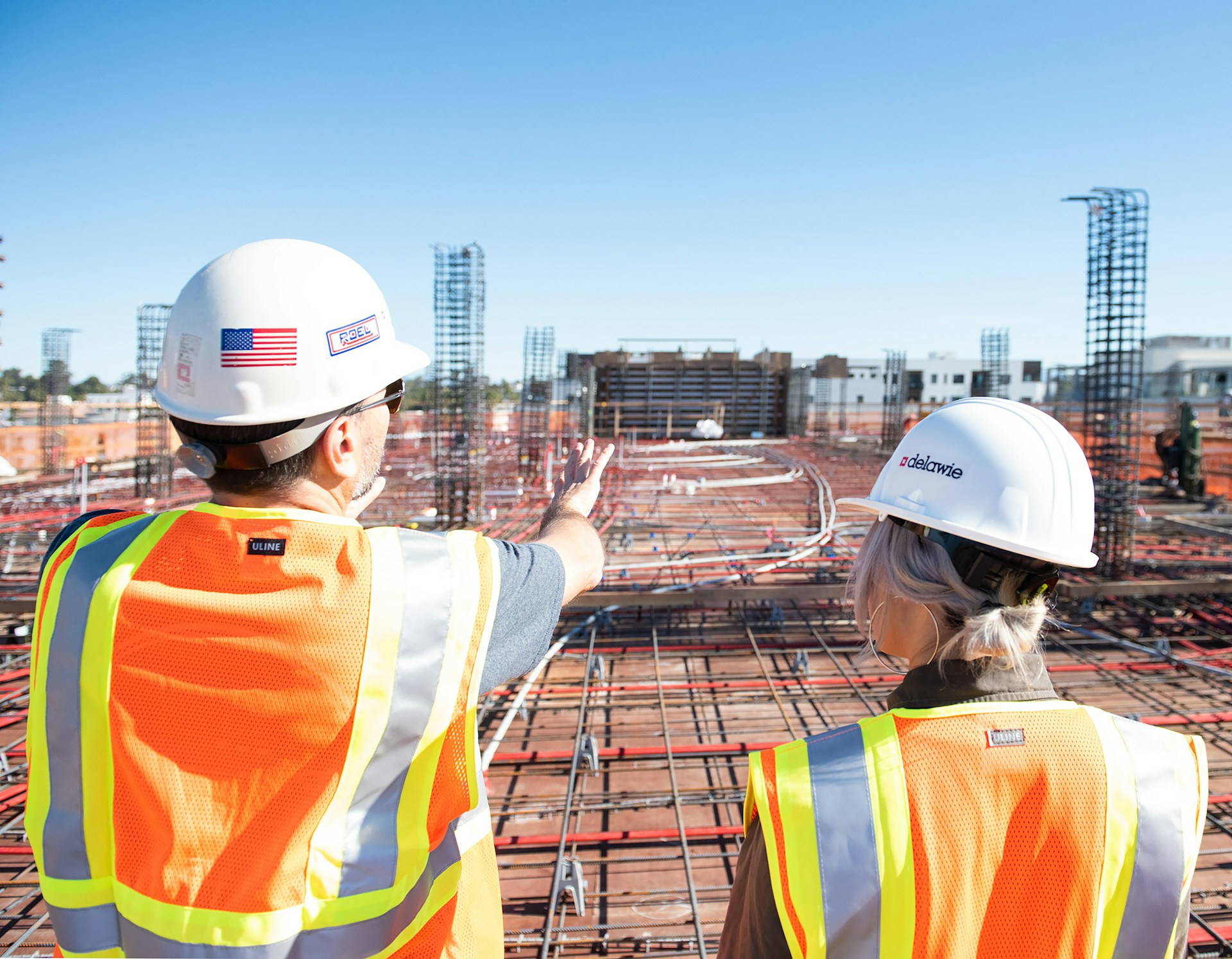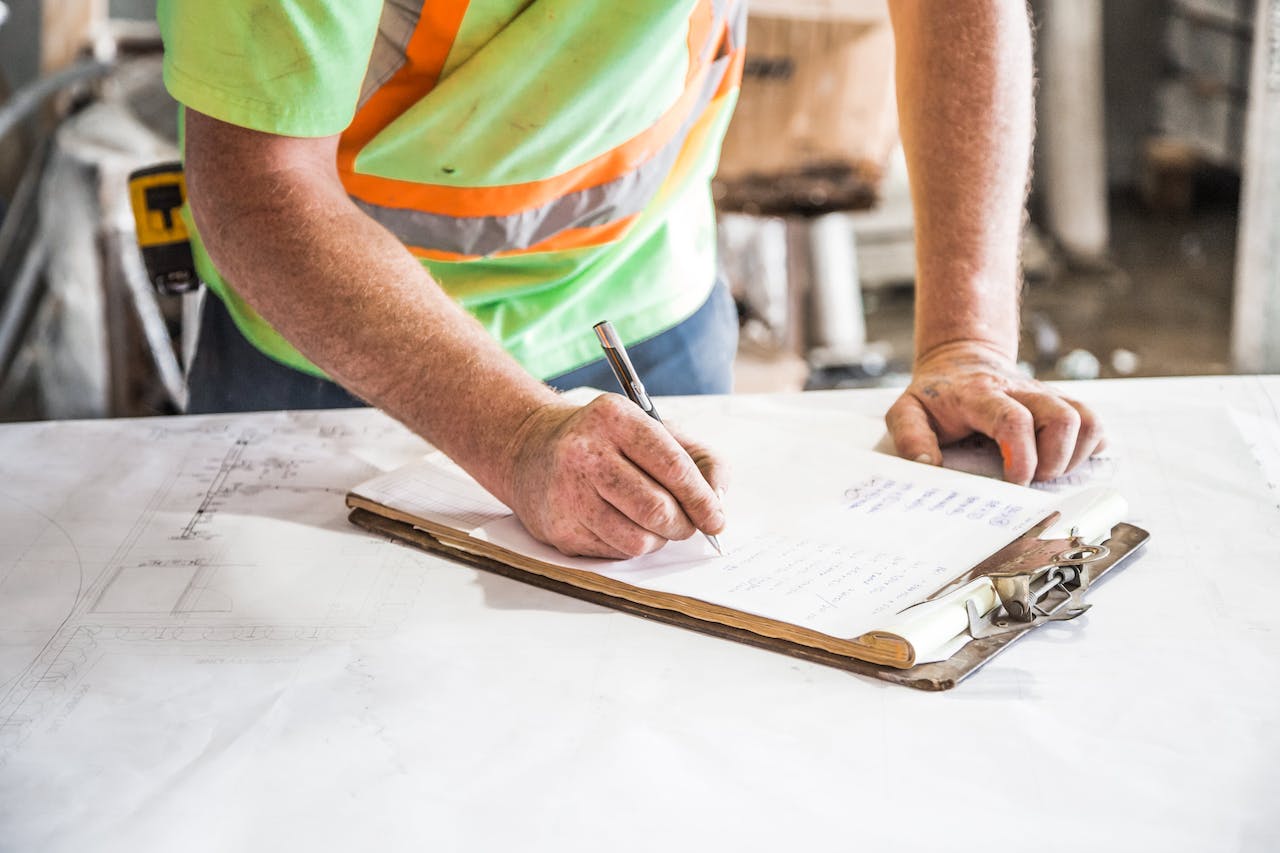The construction industry is an important part of every economy because it creates jobs and builds the infrastructure that helps the economy grow and develop. But the construction industry is also known for being slow to use new technology and turn its processes into digital ones. This article will talk about the challenges of digitisation in the construction industry and the benefits that can come from using digital technology.
More and more people want the construction industry to become more efficient, environmentally friendly, and cost-effective. digitisation is seen as a key way to reach these goals, but the industry has been slow to adopt new technology and update its processes. In this article, we’ll talk more about the problems that come with digitising the construction industry and how companies can get past these problems to take advantage of the benefits that digital technology could offer.
What the construction business is like
A lot of people are involved in building projects, from architects and engineers to contractors and subcontractors. digitisation is hard in the construction industry because of things like its reliance on physical materials and the need for work to be done on-site. Also, when there are a lot of people involved in a construction project, it can be hard to make changes and keep everyone on the same page.
Construction projects are also very unique because each one has its own design and set of requirements. This means that efforts to digitise must be flexible and changeable so that they can meet the needs of each project. Lastly, the construction industry hasn’t always been quick to adopt new technology. Instead, many companies have stuck to old ways of doing things.
Problems with and obstacles to digitising
Digitisation in the building industry has been slow because of a number of worries. One of the main worries is how much it will cost to use new technology. The profit margins on construction projects are already small, and the cost of adding new technology can be a barrier for many companies. Also, the complexity of construction projects can make it hard to add new technology to workflows and processes that are already in place.
Another worry is that construction workers don’t have enough skills and training. Many businesses may not have the knowledge or skills they need to use new technology well, which can make them resistant to change and slow to adopt it.
The Good Things About Going Digital in Construction
Even with these worries, digitising construction processes could have a lot of positive effects. One of the main benefits is that it makes things work better. Digital technology can make tasks like scheduling, buying, and project management easier and faster. It can also save time and effort. This could help construction companies save money and get more work done.
Better safety is another benefit. Digital technology can help find potential dangers and risks on construction sites so that preventative steps can be taken to keep people from getting hurt or hurting themselves. Also, digital tools like drones and sensors can be used to keep an eye on work sites and make sure that safety rules are being followed.
Lastly, digital technology can make it easier for stakeholders to work together and talk to each other. With digital tools like Building Information Modelling (BIM), everyone involved in a project can get and share information about the project in real time. This can reduce the chance of misunderstandings and mistakes, which can improve project results and cut down on delays.
Ways to get around obstacles to digitisation
For the construction industry to overcome the barriers to digitisation, companies must be willing to invest in technology and training. They also need to be willing to work with others and be open to new ideas and ways of doing things.
One way to get past problems with digitalization is to start small. Companies can start by digitising simple tasks like scheduling or buying, and then move on to more complicated tasks over time. This can help get people excited about and involved in digitisation efforts.
Another idea is to work with experts and people who sell technology. This can help businesses get the knowledge and tools they need to use new technology well. Also, working with other project stakeholders, like architects and engineers, can help make sure that digitisation efforts are in line with project goals and objectives.
To conclude
Digitising construction processes could change the industry by making it more efficient, safer, and easier for everyone to work together. Even though there are worries and roadblocks to digitisation, they can be overcome with the right approach, investment in technology and training, and the right mindset.
Digitalisation is important for the construction industry to stay competitive and meet the needs of a changing world. Companies that are open to digital technology will do better in the future, while those that don’t want to change may be left behind.
In conclusion, the construction industry has a lot to gain from digitising its processes. Better efficiency, safety, and teamwork are clear benefits of digitisation, and concerns and barriers can be overcome with the right approach. The construction industry needs to embrace digital technology and use it to its fullest. Construction companies can improve their processes and set themselves up for future success by putting money into technology, training, and working with other people.




